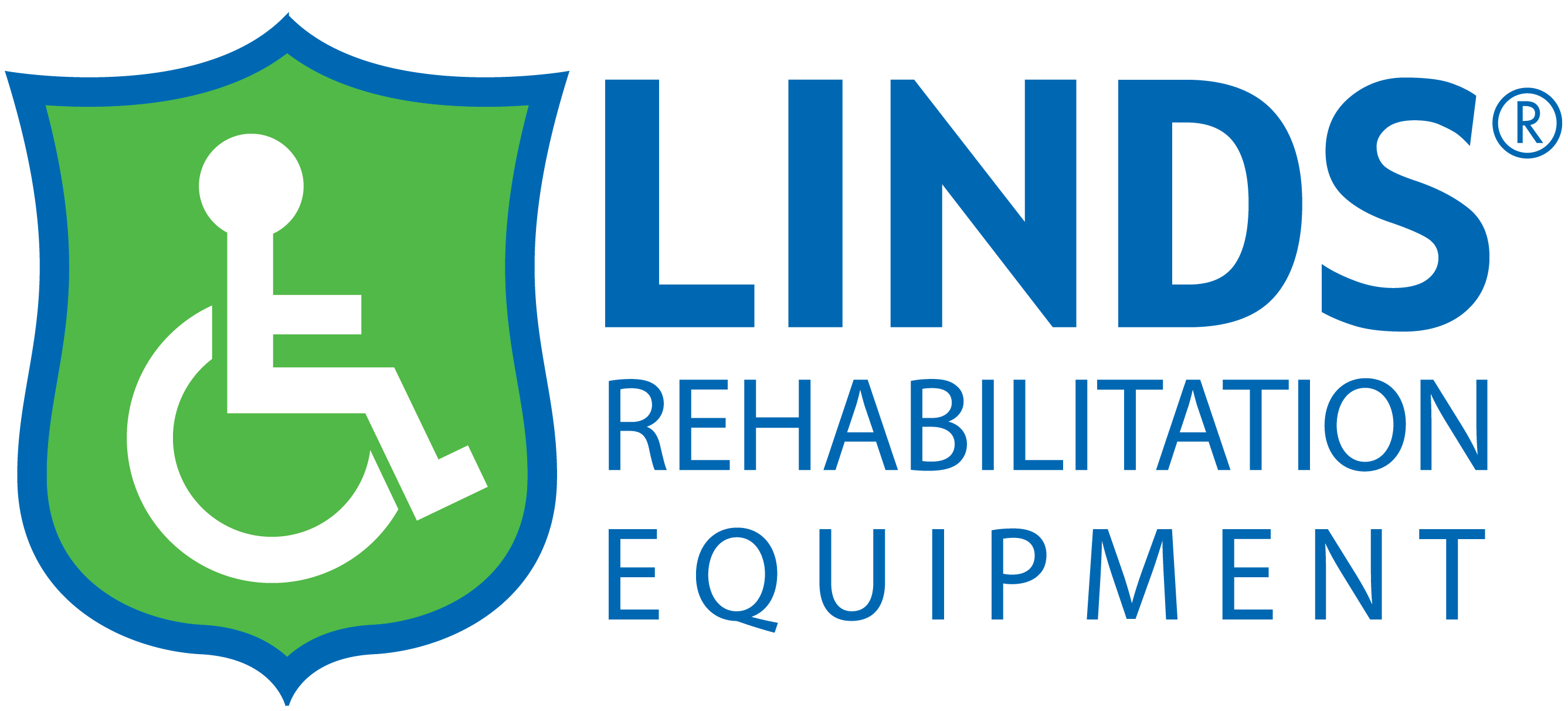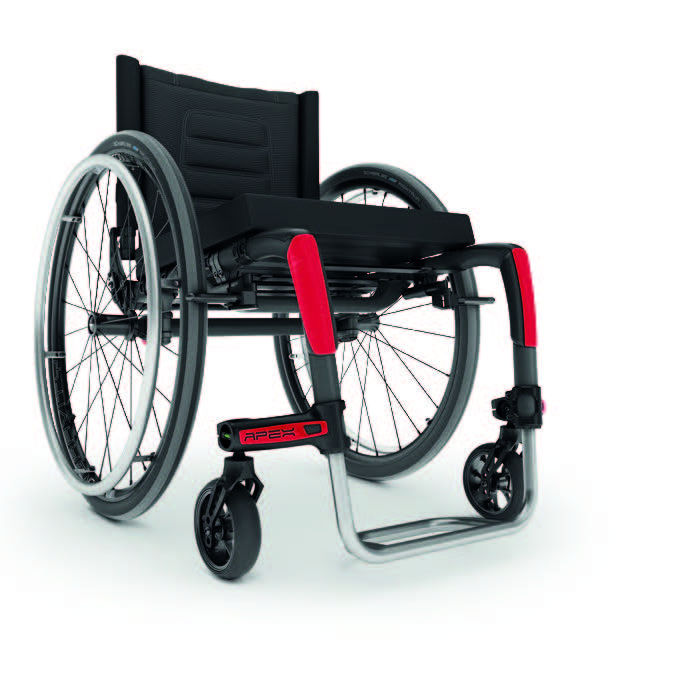Linds Rehabilitation Equipment

1800 501 601
We are here to help
0
item(s)
In My Cart
You have no items in your shopping cart.

17
Mar
Prescribing Manual Wheelchairs with Active Rehab
17 Mar 2023 1:51:43 pm
By Stephen Lindqvist
Prescribing Manual Wheelchair Features to Correspond with Function
There can be a fine line in prescribing manual wheelchairs that determines the balance between equipment assisting to maintain functional performance, improve functional performance or be the contributing factor in a decline in functional performance. As prescribing therapist, we aim to “cause no harm” through the interventions we recommend. So how do we ensure that we have sound clinical reasoning for the make and model of manual wheelchairs we prescribe when there is a wide variety of shapes, sizes, forms and materials available? How do you determine what accessories will add function vs hinder function? What information helps you decipher the options available, helping to justify the choice of product you and your client have decided on?
This hands-on interactive training day gives you the opportunity to gain a deeper understanding of specific manual wheelchair features that you can compare and prescribe to enhance the functional outcomes of manual wheelchair users. The day will cover:
• Introduction to the assessment processes required to set functional outcome goals
• Understanding of the impact that communicating assessment findings can have in the collaboration process between client-therapist-supplier, and how “getting it right” leads to improved longevity of equipment use.
• Gain a better understanding of manual wheelchair features to assist in refining prescription processes which will assist in reaching therapeutic outcomes
• Understand the adaptability in manual wheelchairs that can be tweaked to improve function
• Develop a clinical pathway to determine when to recommend a “fixed” wheelchair frame vs a folding
• Trial a range of manual wheelchair configurations to understand the impact they have on functional outcomes.
• Decipher “off-road mobility” from “outdoor mobility” and the impact this has on features prescribed in manual wheelchairs, including the impact that adding power may have on the manual wheelchair.





 Kobe Creations
Kobe Creations